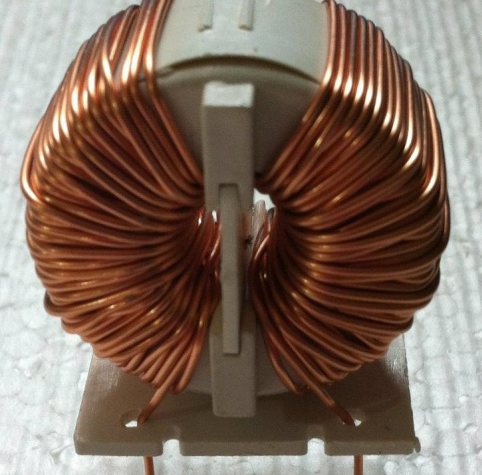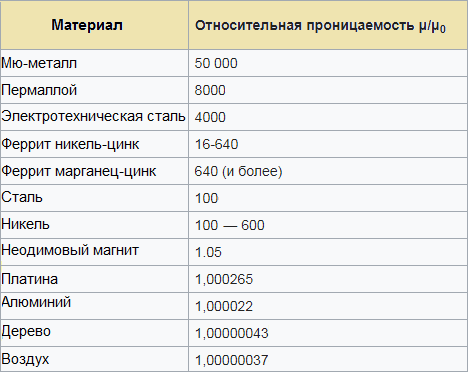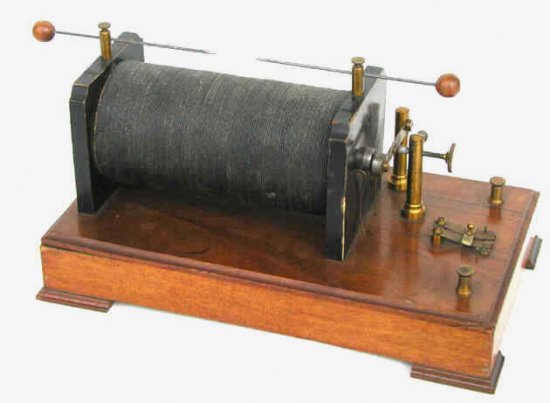How to calculate inductance
Just as a body with mass in mechanics resists acceleration in space, manifesting inertia, so inductance prevents the current in a conductor from changing, manifesting self-induction EMF. This is the EMF of self-induction, which opposes both a decrease in current, trying to maintain it, and an increase in current, trying to decrease it.
The fact is that in the process of changing (increasing or decreasing) the current in the circuit, the magnetic flux created by this current also changes, which is localized mainly in the area limited by this circuit. And as the magnetic flux increases or decreases, it induces an EMF of self-induction (according to Lenz's rule — against the cause that causes it, that is, against the current mentioned at the beginning), all in the same circuit. The inductance L here is called the proportionality factor between the current I and the total magnetic flux Φ, this current generated by:

So, the higher the inductance of the circuit, the stronger it is than the resulting magnetic field, it prevents the current from changing (it is the field that creates it) and therefore it will take longer for the current to change through greater inductance, with the same applied voltage. The following statement is also true: the higher the inductance, the greater will be the voltage across the circuit when the magnetic flux through it changes.

Suppose we change the magnetic flux in a certain region at a constant rate, then by covering this region with different circuits, we will get more voltage on that circuit whose inductance is greater (transformer, Rumkorf coil, etc. works on this principle).
But how is loop inductance calculated? How to find the proportionality factor between current and magnetic flux? The first thing to remember is that inductance changes in henry (H). At the terminals of a circuit with an inductance of 1 henry, if the current in it changes by one ampere per second, a voltage of 1 volt will appear.
The magnitude of the inductance depends on two parameters: on the geometric dimensions of the circuit (length, width, number of turns, etc.) and on the magnetic properties of the medium (if, for example, there is a ferrite core inside the coil, its inductance will be greater, than if there is no core inside).
To calculate the inductance produced, it is necessary to know what shape the coil itself will be and what magnetic permeability the medium inside it will have (the relative magnetic permeability of the medium is the proportionality factor between the magnetic permeability of a vacuum and the magnetic permeability of a given medium.Of course, it is different for different materials) …
Let's look at the formulas for calculating the inductance of the most common forms of coils (cylindrical solenoid, toroid and long wire).
Here is the formula to calculate the inductance solenoid — coils, the length of which is much greater than the diameter:

As you can see, knowing the number of turns N, the length of the winding l and the cross-sectional area of the coil S, we find the approximate inductance of the coil without a core or with a core, while the magnetic permeability of the vacuum is a constant value:

Inductance of a toroidal coil, where h is the height of the toroid, r is the inner diameter of the toroid, R is the outer diameter of the toroid:

The inductance of a thin wire (the radius of the cross-section is much smaller than the length), where l is the length of the wire, and r is the radius of its cross-section. Mu with indices i and e are the relative magnetic permeabilities of the internal (internal, conductor materials) and the external (external, materials outside the conductor) environments:

A table of relative permittivities will help you estimate what inductance you can expect from a circuit (wire, coil) using a certain magnetic material as a core:


